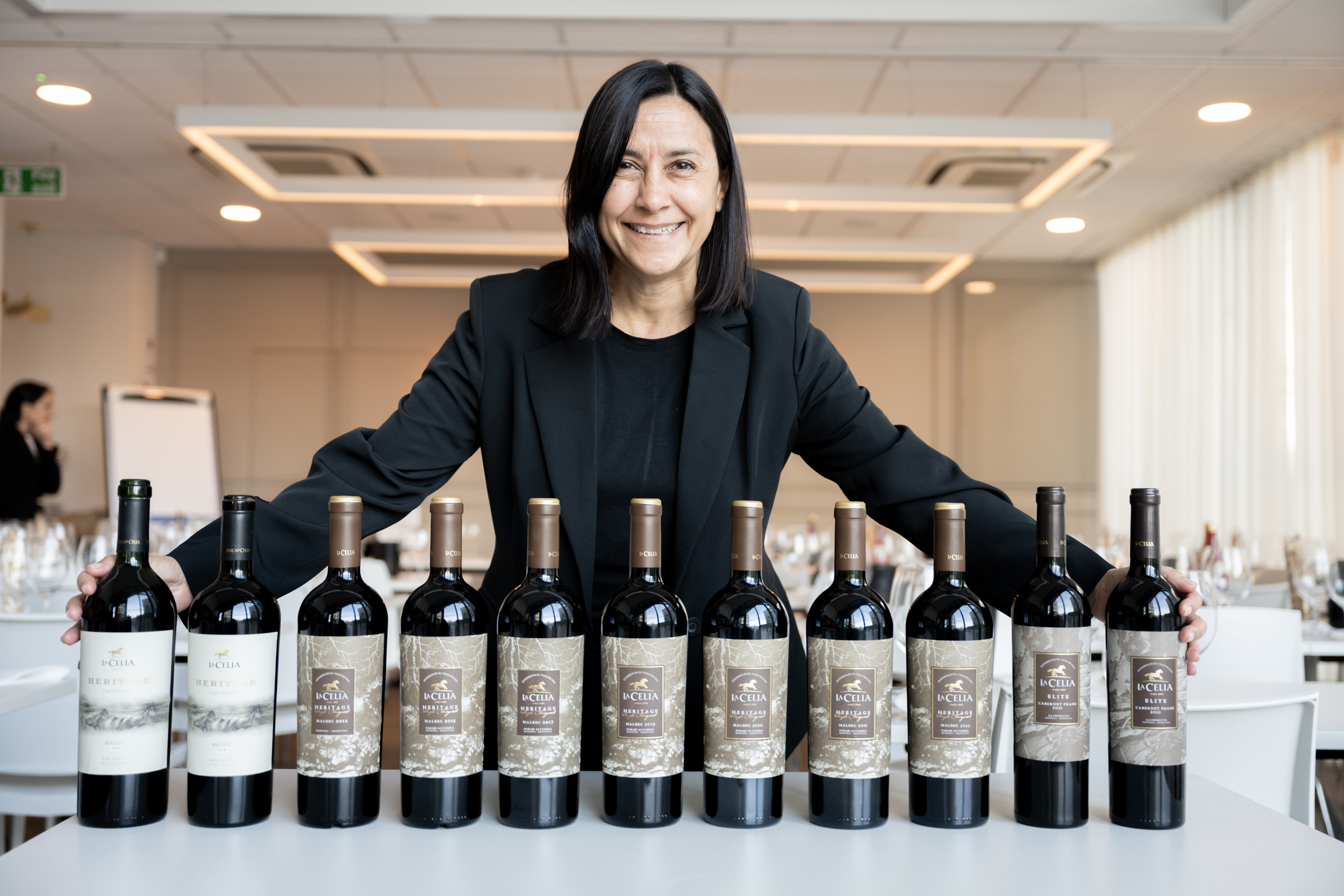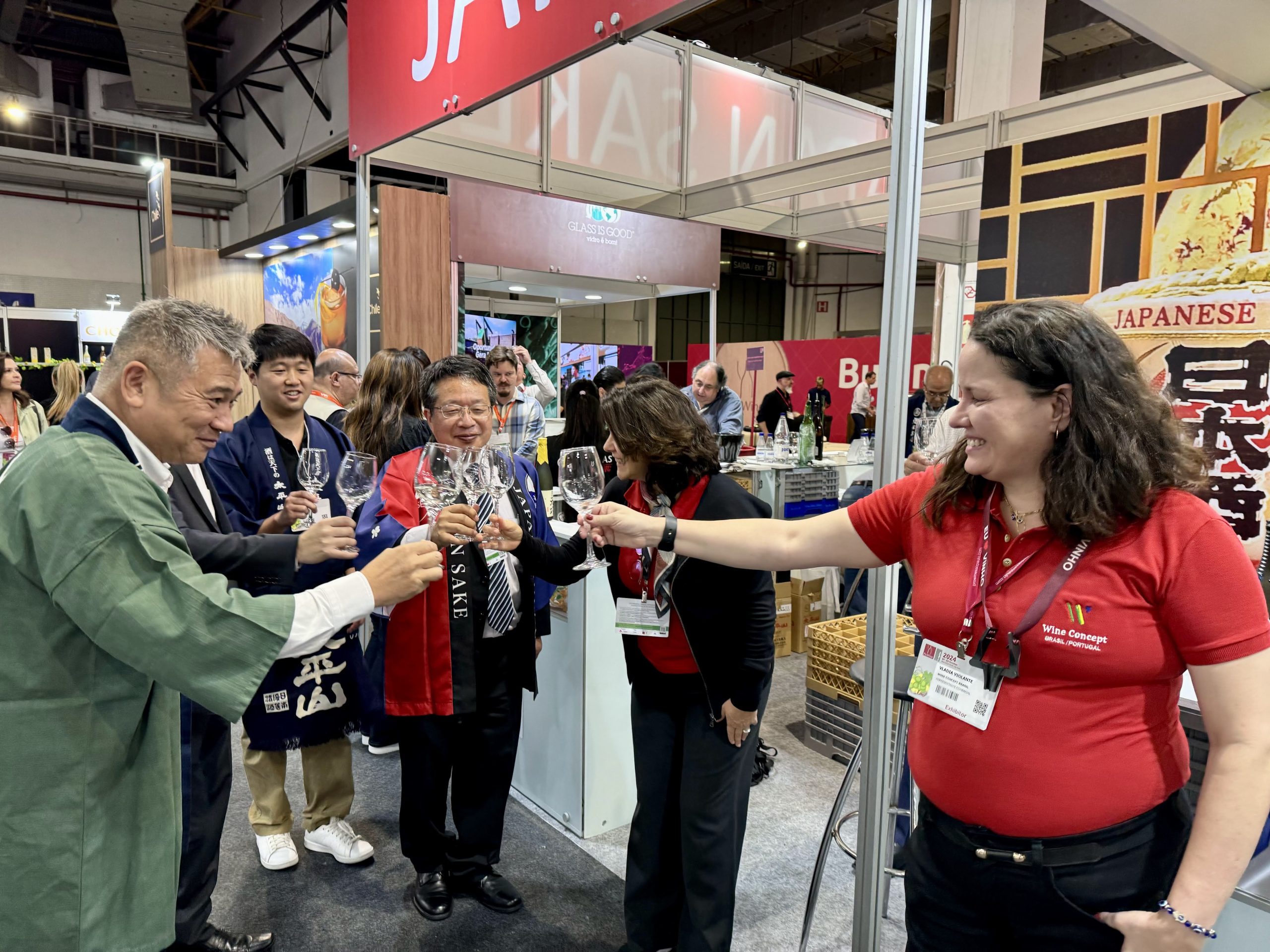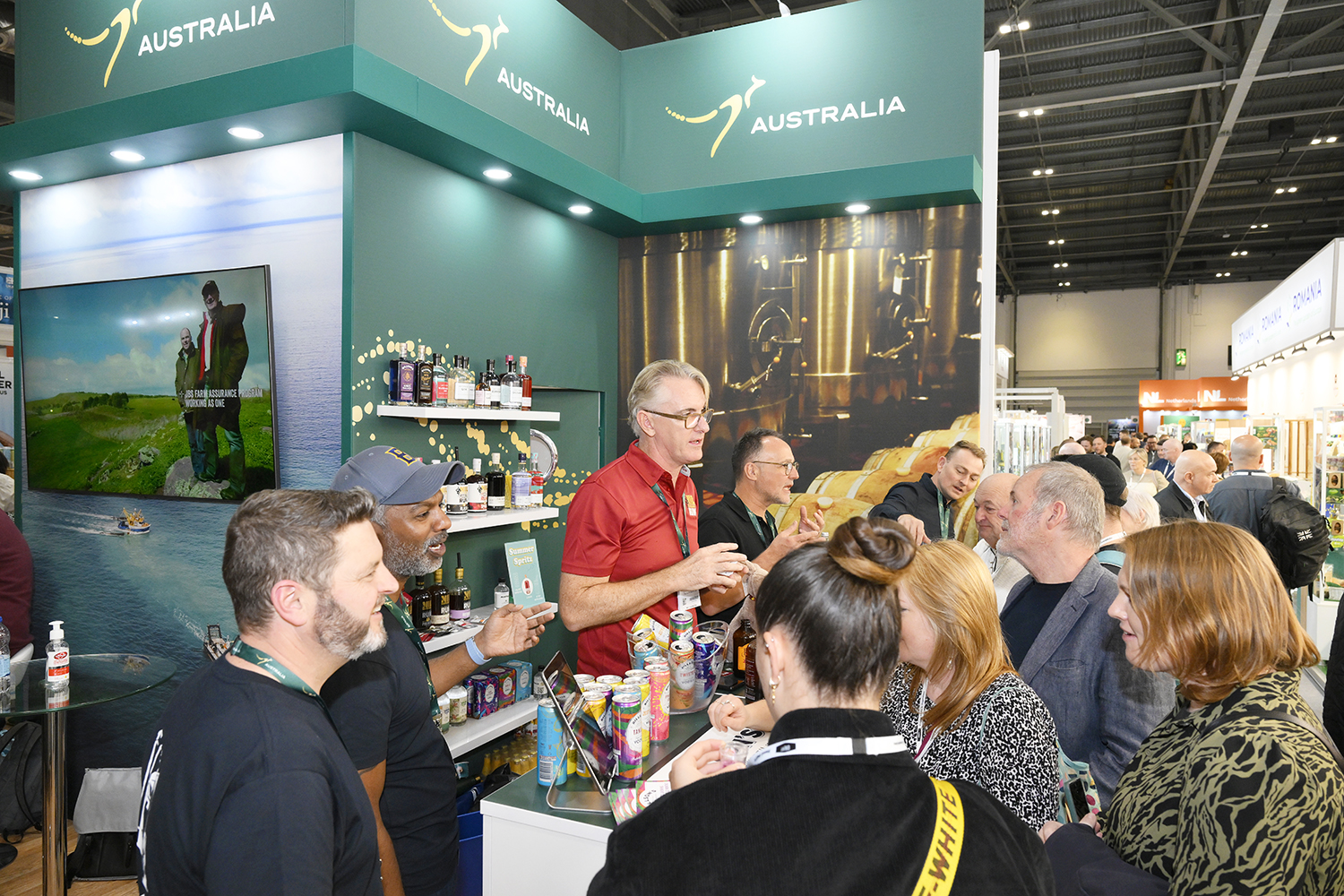What lies ahead for Champagne’s secondary market?
By Arabella MilehamThe secondary market for Champagne has seen impressive growth over the last two years, but is there a whiff of caution in the air? Arabella Mileham reports
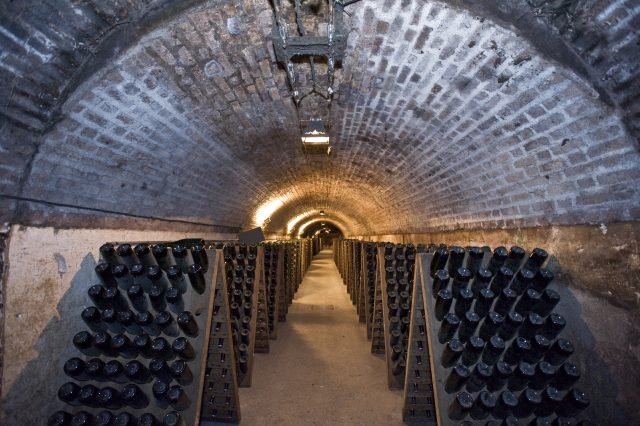
When the world went into lockdown, it seemed the last thing anyone wanted to do was to celebrate. However, fast-forward a few years, and it’s clear that during this uncertain time, Champagne has seen a startling rise, second only to that of Burgundy. Is this momentum set to continue, or will the bubbles start to fade?
iDealwine’s latest Barometer 2023 report noted that Champagne has had an “outstanding year”, becoming the company’s fourth-biggest region in value terms, selling nearly 8,000 bottles at auction – a rise of 55% on the previous year. Meanwhile, value has surged up 122%, with the average bottle price up 42% to E259. The top 20 domaines saw very strong growth, up 121% in value, wth volumes rising 43%.
Tim Triptree MW, international director of wine & spirits at Christie’s, notes that there has been continued growth for top-tier, mature Champagnes with some bottle age, which have attracted multiple bidders, resulting in higher prices – a situation he calls “very encouraging”.
“In our last auction on 25 April, we sold a Krug Grande Cuvée [lot] for £6,000, which far exceeded the estimate of £1,500-2,200,” he says. “So the appetite for Champagne continues on the secondary market.” In May 2022, a bottle of Krug Clos du Mesnil 1979 fetched HK$43,750, making it the highest-grossing Champagne at a Christie’s sale in Hong Kong.
However, despite the upward trajectory, Liv-ex’s Champagne: The Growing Secondary Market for Luxury report, published in September 2022, warned that there was a “whiff of caution in the air”.
Robbie Stevens, Liv-ex’s territory manager for the Americas, argues that the secondary market for Champagne and other fine wine regions peaked last autumn, on the back of seven years of sustained growth. “No market can rise forever,” he cautions, a sentiment that is perhaps especially understandable, given the current economic climate.
Although future market trends are “notoriously difficult to predict”, Stevens nonetheless believes that we may be in for a period of consolidation. “The market is in a state of flux beyond just Champagne; it is also seen in other regions,” he says. “There’s an element of people not being sure what’s happening.”
As well as the macroeconomic environment, from the risk of global recession to the cost-of-living crisis, along with supply chain issues, due to both the war in Ukraine and the after-effects of the Covid-19 pandemic, this year’s en primeur campaign has just started (at the time of writing), “with prices that are pretty punchy”, Stevens points out. “From a merchant point of view, they will want to keep their powder dry in terms of spending on en primeur, so there are lots of headwinds that people haven’t quite got their heads around,” he adds.
The data backs up Stevens’ assertion. In the year to date, the Liv-ex Champagne 50 index – which tracks the price performance of the most recent physical vintages of the 13 most actively traded Champagnes – has fallen by 7.1%.
“The market is in a state of flux
beyond just Champagne; it is
also seen in other regions,”
Although this comes off the back of 83% growth over the last five years, “there’s no mistaking the trajectory”, Stevens says. “The last 12 months saw growth of just over 1% and closing out month-on-month at 1.4%. The market has definitely lost some steam and continues to follow that slight downward trend.”
Fine wine investment business Cult Wines recorded a “slight” drop in Champagne pricing during the fourth quarter of 2022, but still ended the year 12% up, according to Olivier Staub, the company’s chief investment officer. “But during the beginning of 2023, it’s slowed down a bit in Champagne and we think there is a price consolidation taking place.”
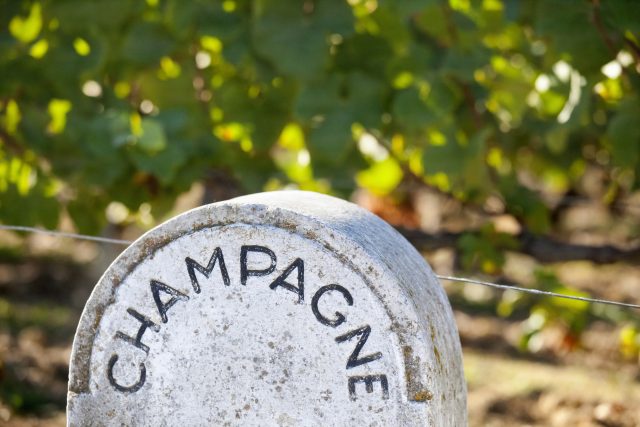
Champagne was one of the big winners of the market surge in 2021, enjoying strong growth of 52% in the last two years, and this may be a case of ‘the quickest to rise being the quickest to fall’.
“You can often see with markets that get hot, they can boil over and start to kind of correct,” Stevens says – but he adds that he doesn’t believe it to be a “a complete correction”. He adds: “There have been positive releases of Champagnes this year, which suggests that there is a new benchmark price level.
“Whether it’s Dom Pérignon, Cristal or Bollinger R.D., the price rises have enabled these producers to release at slightly higher prices, and be seen to be selling through to some extent.”
For example, Bollinger R.D. 2008 was released at £1,200 per six in the UK in mid-March, and it has already started trading on the secondary market. “We saw it change hands … at £1,376 per 6-pack,” Stevens says. Not only is that costlier than any R.D. that’s traded before, it is also more expensive than the 2002 or the 2004 vintages, even if the 1996 “can probably trump it on price as it’s pretty thin on the ground”, Stevens says.
This points to one of the truisms of the market – that the rarest releases in the smallest quantities, such as vintage Champagnes, are still very much a prized asset. Staub notes the strong correlation between a Champagne’s age and its price.
Jamie Ritchie, until recently worldwide chairman of wine and spirits at Sotheby’s, describes the market going forward as “more stable” now that the “frothy” prices have settled down.
“At the end of the day, the prices will never go down to where they used to be, but you might see a more stable market,” he says. “The truly rare and great will remain strongly priced and, where wines are in increased supply, they will settle. We’ve seen a great period of growth and it is great that people are recognising the quality of Champagne made by the big houses as well as grower Champagne – indeed the liberation/cooperation and interest in all the different stuff is fantastic, and that brings diversity to the market.”
Continued growth
Stevens agrees that we’re still in “positive territory,” pointing to the number of LWIN-11s (individual Champagnes designated by vintage, etc) sold. In 2021, 595 Champagnes traded on Liv-ex; in 2022, this rose to 706 and, in the year to date, there have already been 748.
“The numbers are increasing, and the market is broadening, and we’re only a third of the way through [the year], so yes, I’d expect that number to increase year-on-year,” Stevens says. “And, from a value perspective, it’s increasing too – Champagne now is the third most important region. Last year, it was 13.8% of all transactions on Liv-ex, which was up from 9% in the previous four years. Between 2018-21, it was between 8.5% and 9%, so it’s made that leap.”
“the prices will never go down to
where they used to be, but you might see
a more stable market,”
According to Charlie Montgomery, secondary market specialist at BBX, the exchange platform for Berry Bros & Rudd, this diversification can be seen in the “significant uplift” of BBX customers transferring in wines from other bonded warehouses. “BBX can only trade on wines stored in its own warehouses, but 18% of all Champagne listings have been imported into our warehouse in order to be eligible to list on BBX,” he explains.
Jacques Selosse, Cédric Bouchard, Rare Champagne and Champagne Philipponnat have all seen a significant increase in trading activity, he notes, demonstrating a shift in demand.
“People are looking for better relative value,” Staub says, pointing also to the “very strong” interest in Rare Champagne from Piper-Heidsieck, a relative newcomer in terms of high-end Champagne which is, on a relative basis, cheaper.
Partner Content
“The brand awareness is growing nicely, they’re pushing it more in the marketing and the brand, so people are getting to know it. And once it’s gone, it’s gone – it’s in the name,” he says.
Relative value
The most traded Champagnes remain the likes of Cristal, Dom Pérignon and Krug, but the search for relative value, coupled with rareness, has resulted in the growth of grower Champagnes. According to Matthew O’Connell, head of investment at Bordeaux Index and CEO of the group’s LiveTrade platform, while the Grande Marque market rose by 22% on average during 2022 – with some of the top-selling brands such as Cristal and Krug seeing prices rise by up to 30% – there were significant “breakout” performances from key grower Champagnes, with Jacques Selosse, Pierre Péters, Ulysse Collin and Cédric Bouchard seeing results “well in excess” of the Grande Marque gains.
“You have ‘Champagne nerds’ who,
a bit like Burgundy collectors,
are looking for that particular
producer that’ll bring pleasure,”
LiveTrade data shows Jacques Selosse’s 2002 vintage gaining 63% during 2022, jumping to £1,750 per bottle, while Pierre Péters 2008 ‘Les Chétillons’ saw a rise of 57% to £550, and the increasingly well regarded Cédric Bouchard 2012 ‘La Bolorée’ 2012, an unusual, 100% Pinot Blanc Champagne, rose 80% to £360.
iDealwine named Chartogne-Taillet, Larmandier-Bernier, Marie-Noëlle Ledru and Pierre Péters as ‘safe bets’, with La Closerie/Jérôme Prévost, Guiborat, Bérèche et Fils, Dhondt-Grellet and Aurélien Suenen ‘gems’ to watch.
“Grower Champagne is a bit of a connoisseur market,” Olivier Staub explains. “It’s all about the craft”. While this craft trend has been seen across all drinks categories, it particularly suits Champagne, prompting collectors to seek the particular style that suits their taste, which requires research and discovery.
“You have ‘Champagne nerds’ who, a bit like Burgundy collectors, are looking for that particular producer that’ll bring pleasure,” Staub says.
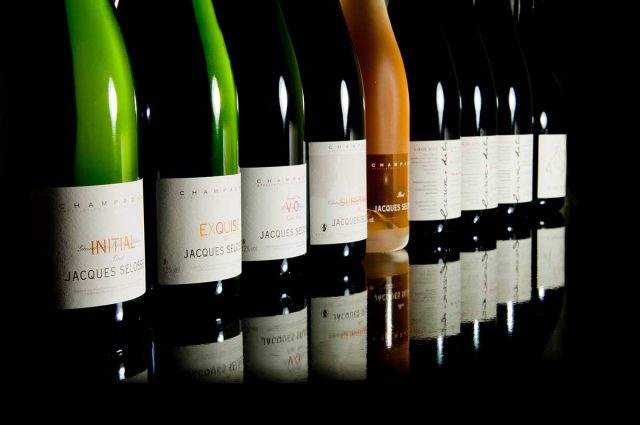
And this is translating into price rises. “Ulysse Collin was £70-100 a bottle three or four years ago, and now it’s £350 a bottle,” he points out. “They’ve seen those price rises and are [also] getting the critical acclaim – the Egly-Ouriet 2012 and 2013 got 100-point scores from a number of critics, which helps shine a light on those producers – and the traders and consumer will follow suit.”
O’Connell agrees. “This perhaps serves to illustrate how significant specific demand is, and that it is the specific profile of wine which the producers create that people really buy into,” he says.
And, while O’Connell argues that vintage usually has a limited impact for grower Champagne – due to its smaller quantities – 2008 has driven “remarkable prices” for producers such as Jacques Selosse and Egly-Ouriet, while the “the 2012-2020 stretch has a high average quality level”.
The number of excellent and more consistent vintages in recent years has also acted as a catalyst across the entire secondary market, Tim Triptree notes, sparking consumers to seek out a particular year for their cellars, which in turn prompts a wider reappraisal of vintages. “The 2008 was a fantastic vintage and obviously spurred a lot of interested in the category,” he notes. “Others that do extremely well include the 2002 [and] 2012, which is seeing extremely high demand.”
Triptree argues that people are realising just how well Champagne can age. “The ones we’re dealing with age, mature and evolve,” he says. “Really complex Champagnes are a delight, and people are realising that they are a vital component of any serious wine cellar.”
Indeed, BBX has seen an increase in the age of Champagnes traded. “Around 30% of the value and 20% of the volume of Champagne traded last year was over 20 years old,” Montgomery notes. “Some as old as 1962, but the 1988 and 1990 feature strongly too.”
Global demand
The increase in demand appears to be a global phenomenon and, while the UK and US remain very important, other areas are gathering steam. Liv-ex says Europe now accounts for 35% of Champagne sales, compared to 15% in 2018, while the US has remained steady at about 22% and the UK has lost market share, going from 47% to about 37% over the same period. This comes despite an increase in gross value terms of 100%.
Asia is also growing – Triptree notes that, five years ago, Asian consumers made up 5% of Christie’s Champagne buyers, whereas now it is 30-40%, with more younger consumers coming up too. “Asia is more than a nascent market,” Ritchie agrees. “Asia wine buyers have been very focused on quality and, while we are seeing prices increase significantly recently, there’s been great appreciation for older Champagne,” he says.
A snapshot of Champagne on the secondary market:
• Champagne has seen fantastic growth in the recent past. Liv-ex’s Champagne 50 index has risen 83% in the last five years, with a significant boost since 2020.
• Macroeconomic uncertainty is contributing to a consolidation in the market, however, with the last 12 months seeing growth of just over 1%, and closing out month-on-month at +1.4%, according to Liv-ex.
• However, given the scarcity of vintage Champagne and market diversification, this is expected to be a positive “stabilisation” rather than an outright correction.
• Trading is dominated by iconic wines: notably Louis Roederer’s Cristal, Dom Pérignon, Krug, Taittinger Comtes de Champagne, Ruinart, Perrier-Jouët and Philipponnat. Salon is popular and Piper-Heidsieck’s Rare is also gaining traction.
• There has been “spectacular” growth among grower Champagnes, led by Jacques Selosse, Egly-Ouriet, Ulysse Collin and Jérôme Prévost, who are taking “decent market share”.
• Demand has become global, with more interest from European and Asian buyers. The UK and US remain important – and, even though the UK has lost market share, it is still in growth.
This article an extract from db’s 2023 Champagne report, which can be found here:
Related news
The winemaking nations hit hardest by Trump tariffs
Hospices de Nuits-Saint-Georges auction: bucking the trend
‘Liberation Day’ or liquor lockdown? Trump’s tariffs rattle the wine & spirits world

